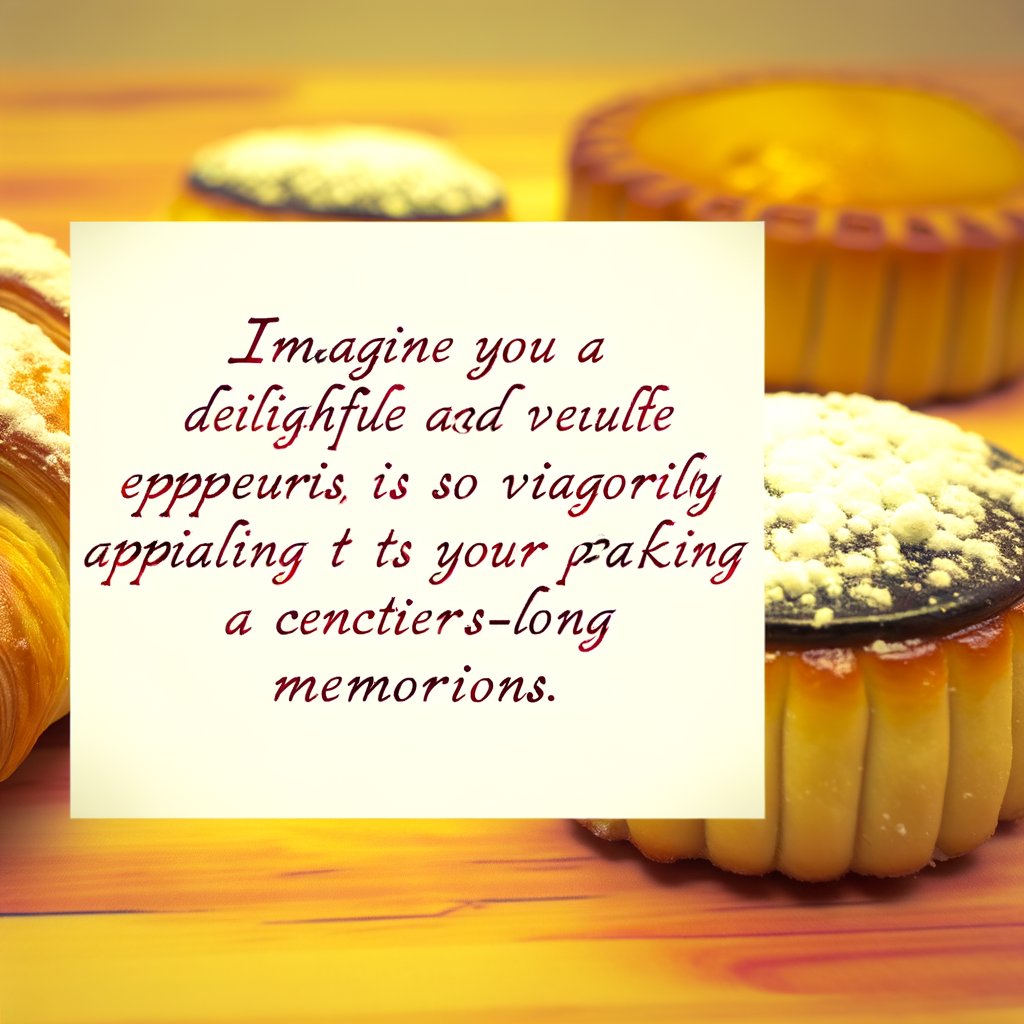As an expert chef, I have always found joy in creating delightful pastries that not only satisfy the taste buds but also evoke cherished memories. Pastries, with their flaky crusts and sweet fillings, have been a staple in European cuisine for centuries. They have evolved into a diverse range of treats, each with their unique flavors and textures. In this article, we will explore the world of pastries and how they have become a symbol of culinary artistry in Europe.
One of the most iconic pastries is the croissant, with its crescent shape and buttery layers. This French delicacy has become a breakfast staple in many European countries. It is known for its light and flaky texture, achieved through a process called laminating. The dough is repeatedly folded and rolled with layers of butter, creating a puff pastry that is both crispy and tender.
Another popular pastry is the Danish, originating from Denmark. Its signature shape, with a filling nestled in the center, makes it a visually appealing treat. The dough is made with yeast, giving it a soft and airy texture. It is then filled with various fruits, creams, or jams, making it a versatile option for any dessert menu.
Other notable pastries include the Italian cannoli, Spanish churros, and Austrian strudel. Each of these pastries has its own unique history and cultural significance, making them more than just a dessert but also a representation of a country’s culinary heritage.
In conclusion, pastries are more than just a sweet treat. They represent the art and creativity of European cuisine. So the next time you take a bite of a flaky croissant or a creamy cannoli, remember the rich history and craftsmanship that goes into creating these indulgent delights.





